Likes
- Exquisite design.
- Thanks to depreciation, offers so much car for the money.
- Excellent range of features and technology.
- Very enjoyable driving experience and can be enhanced easily.
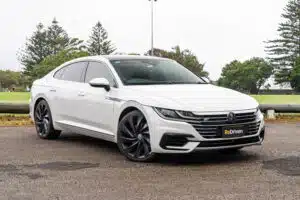
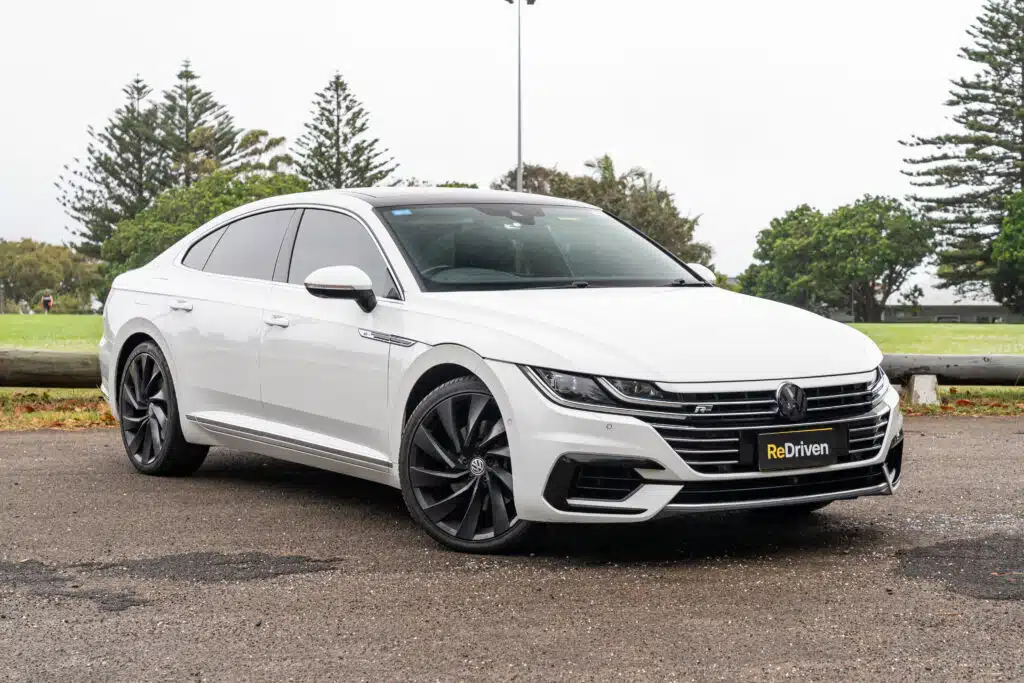
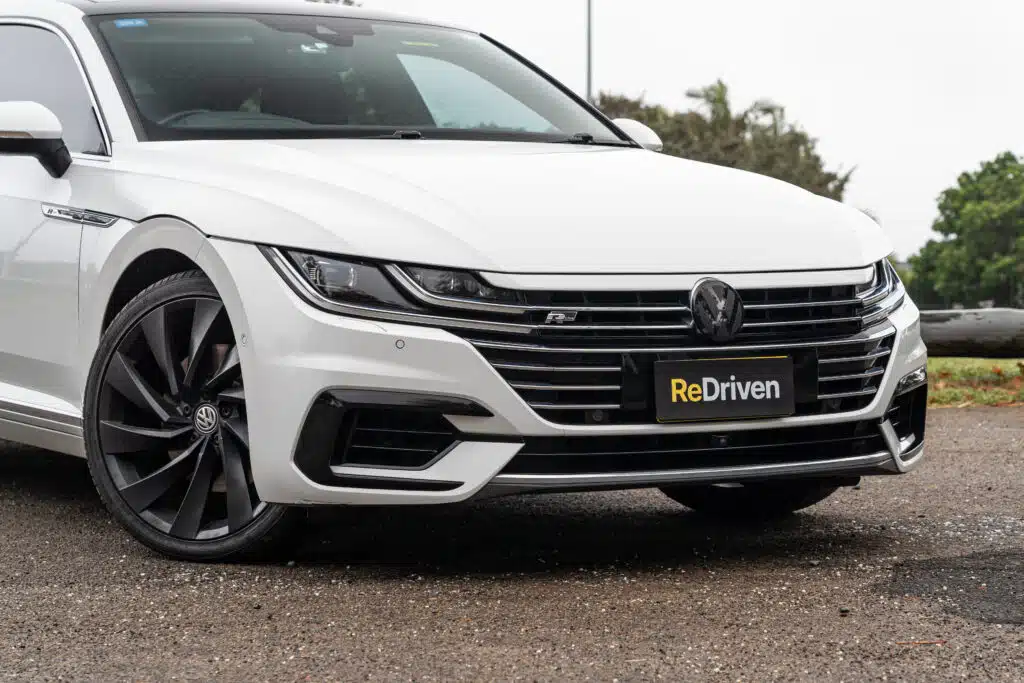
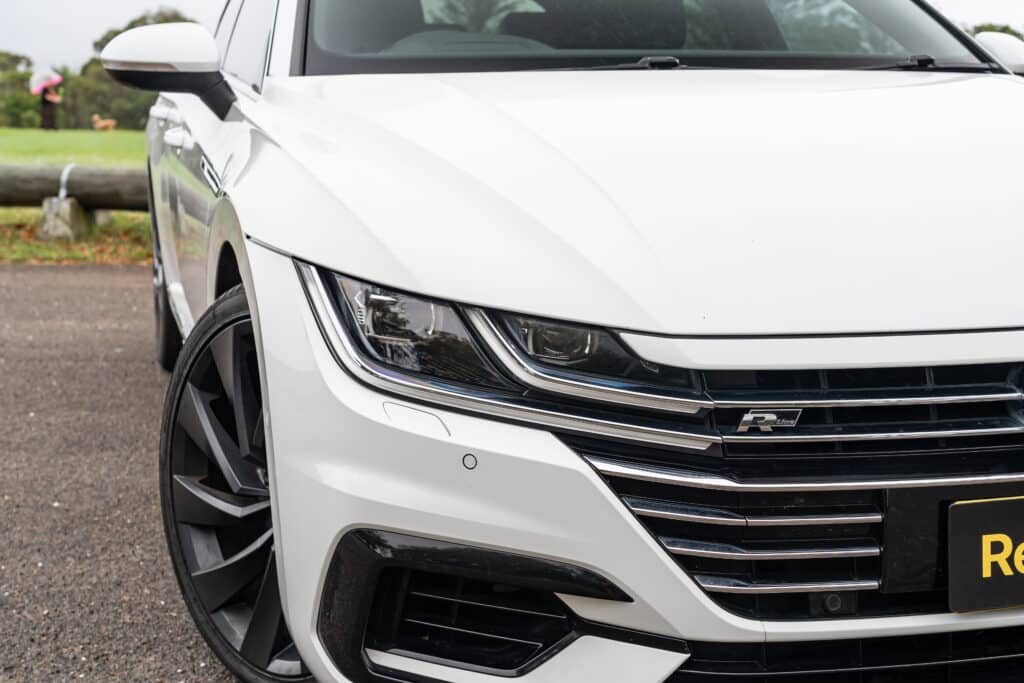
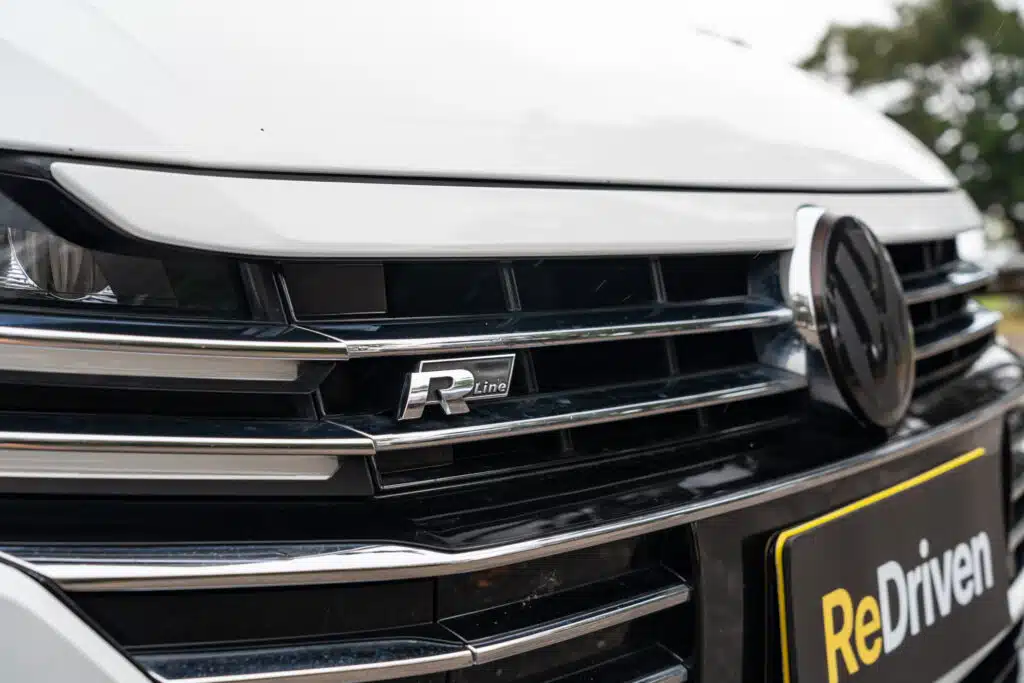
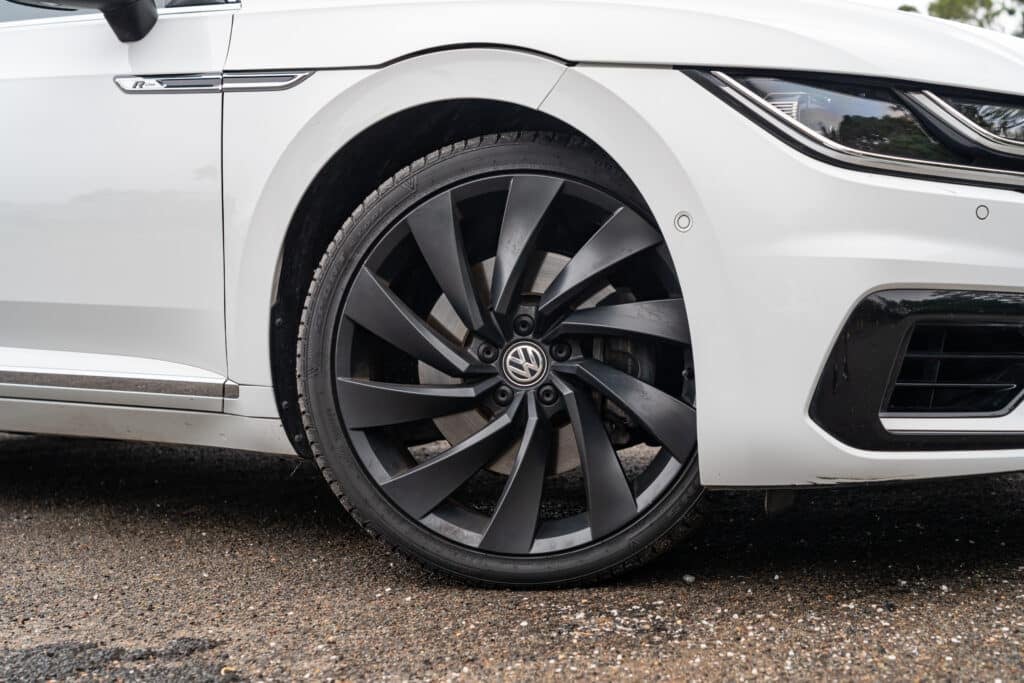
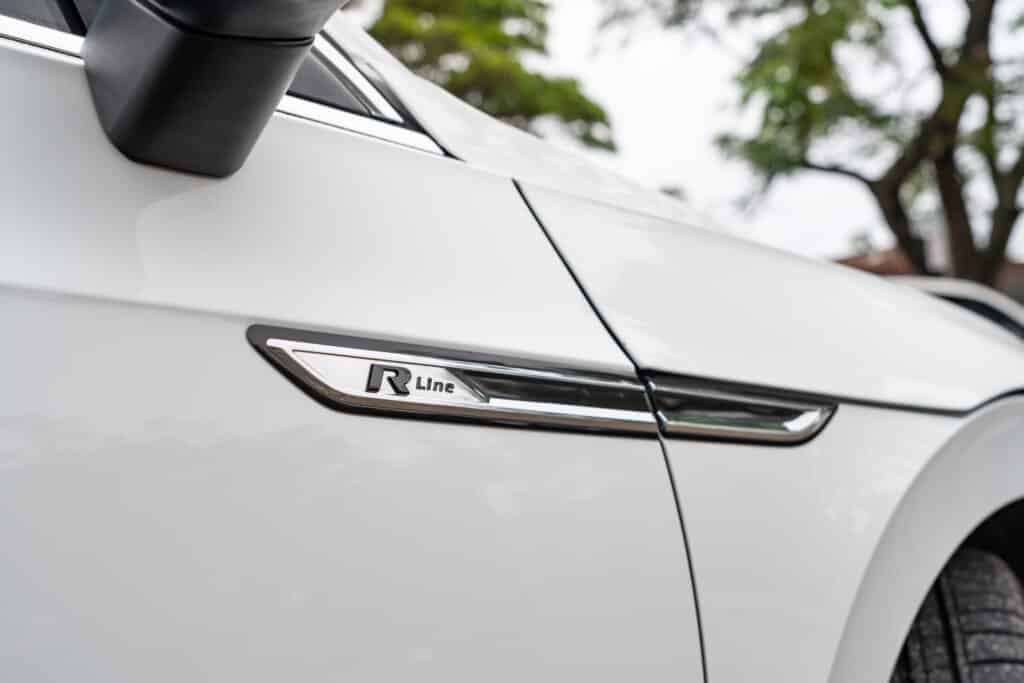
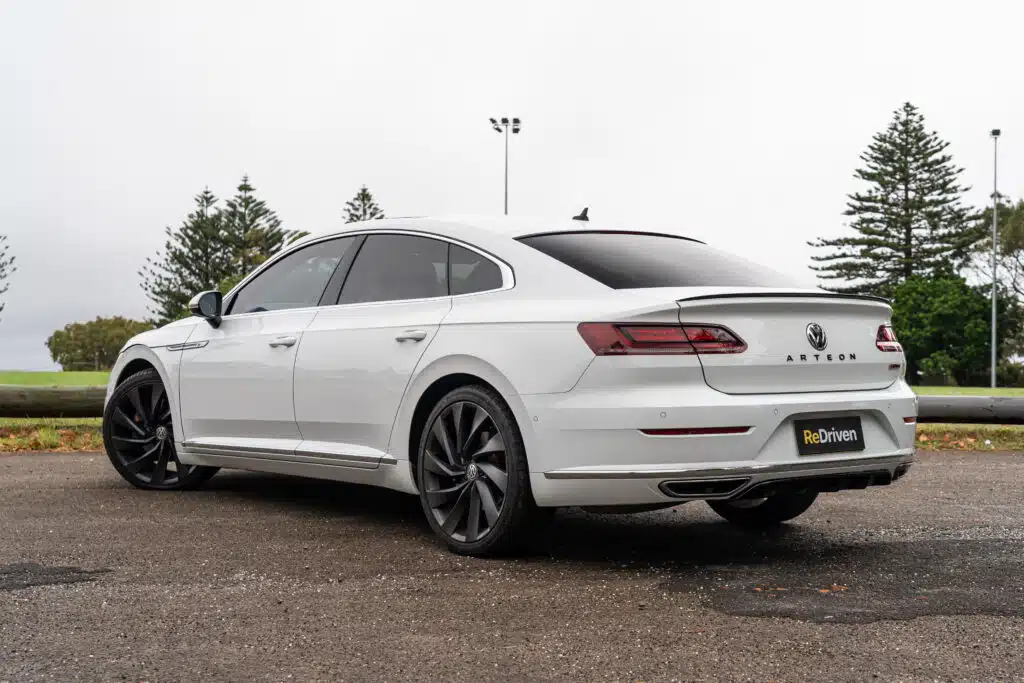
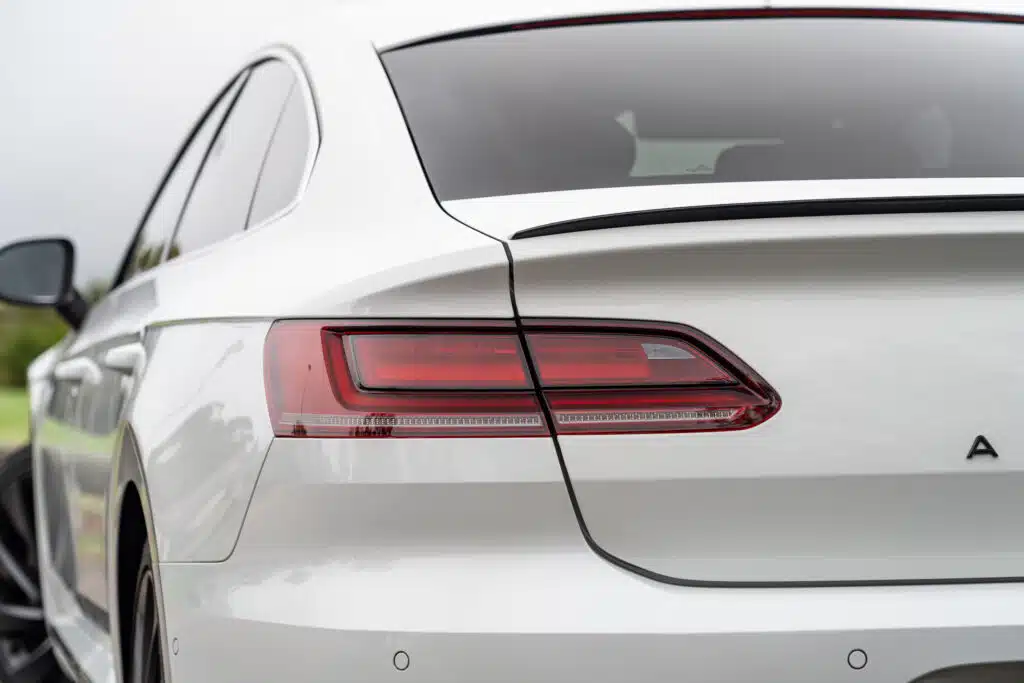
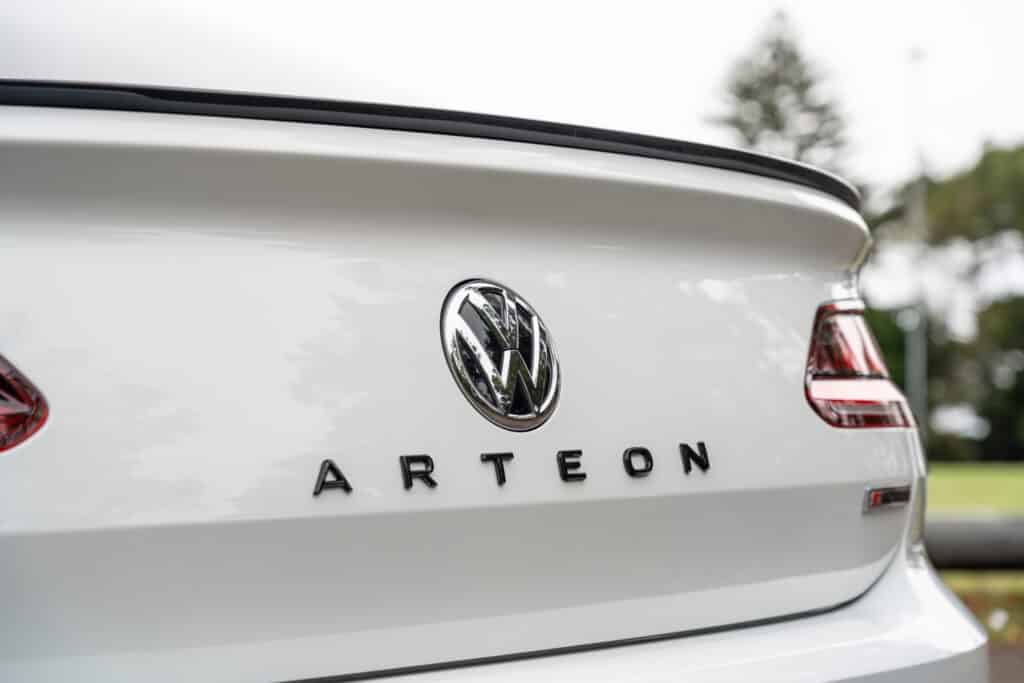
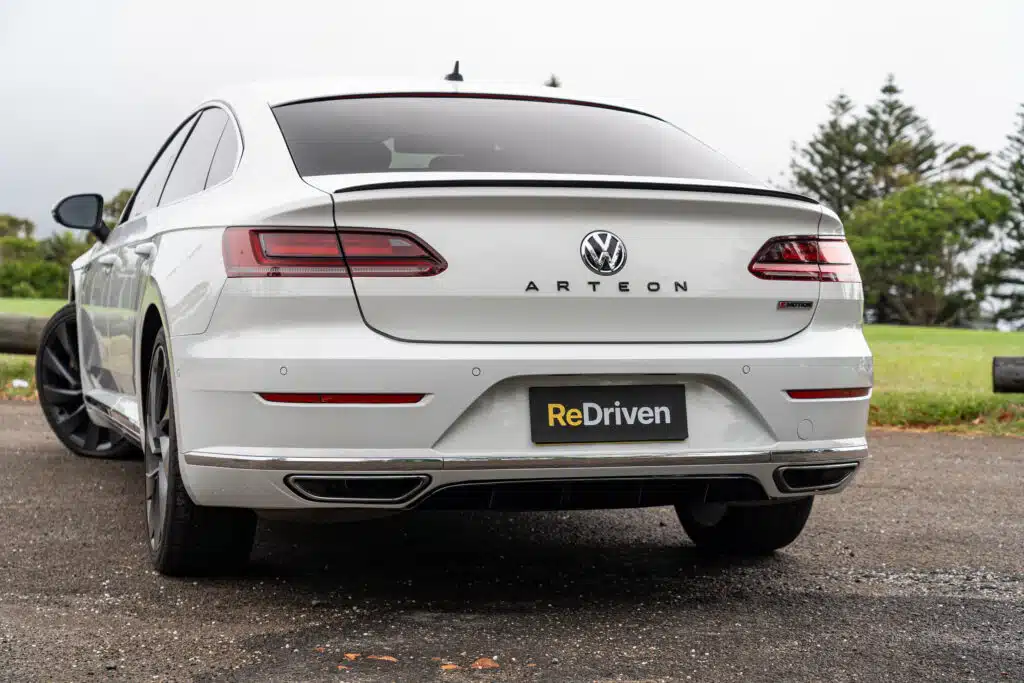
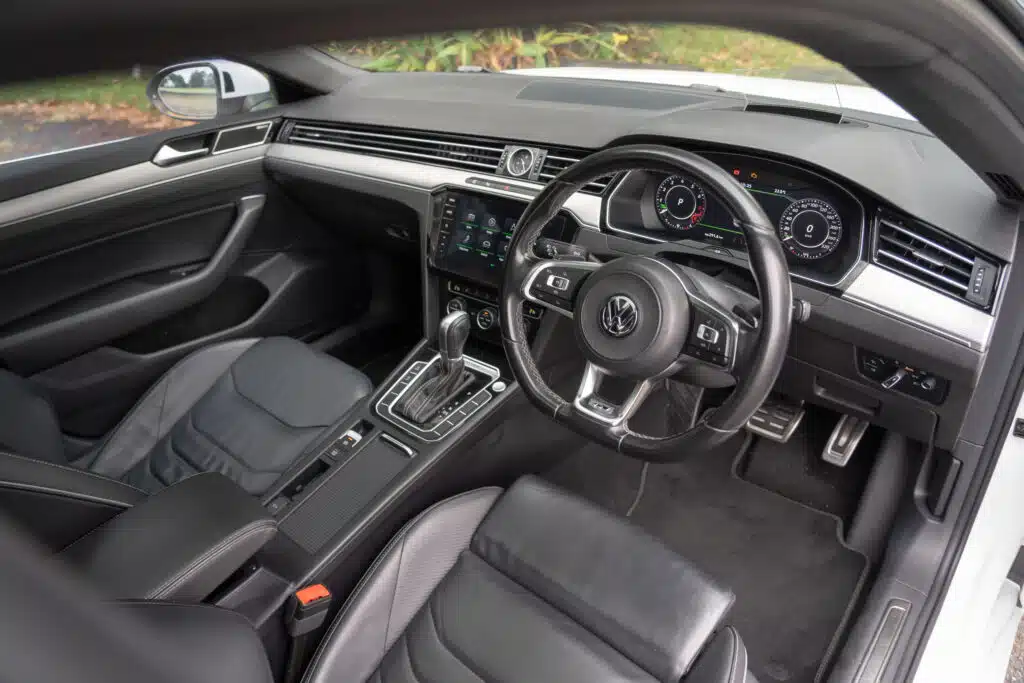
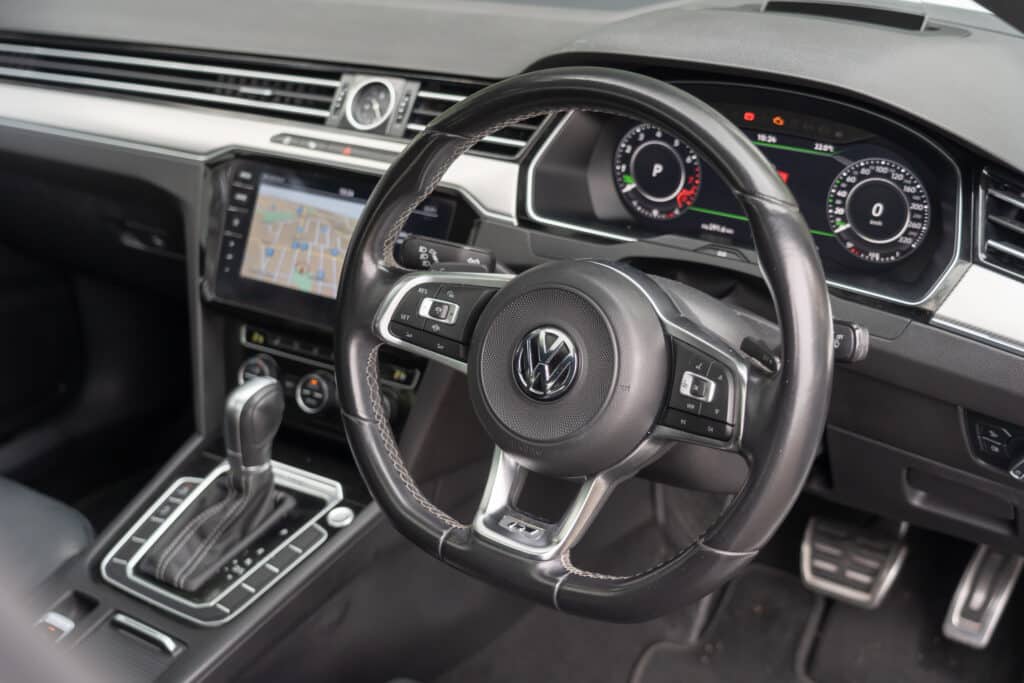
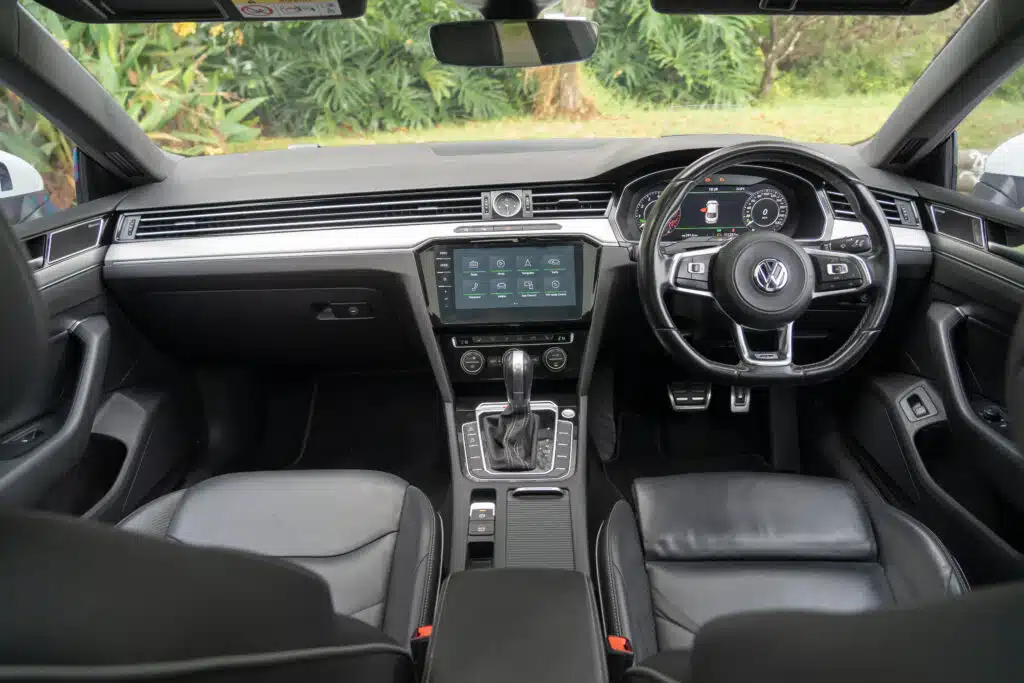
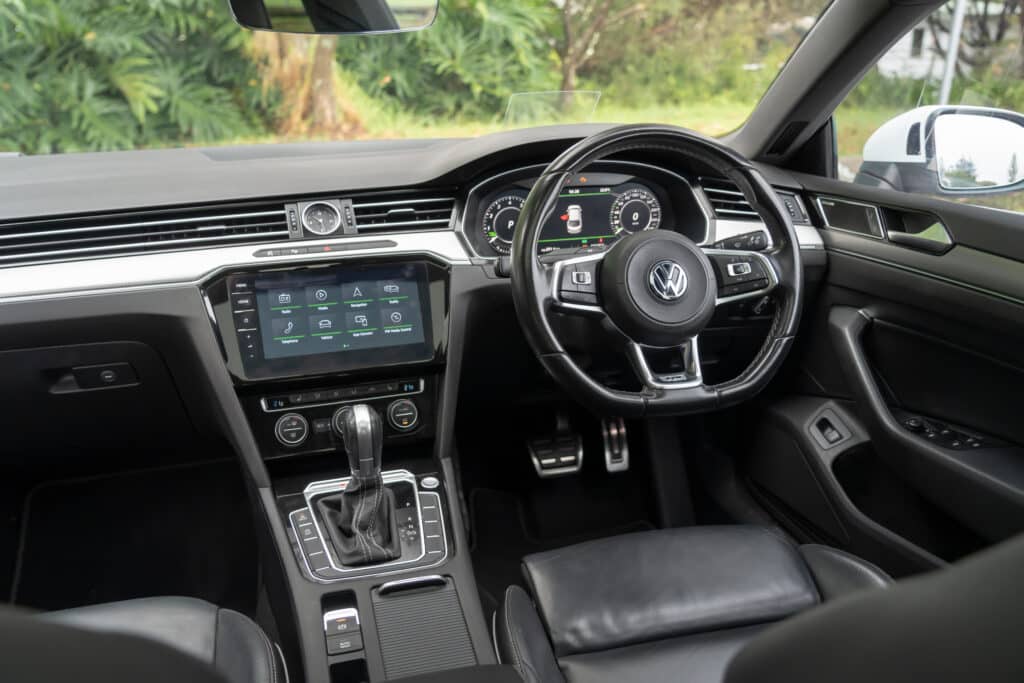
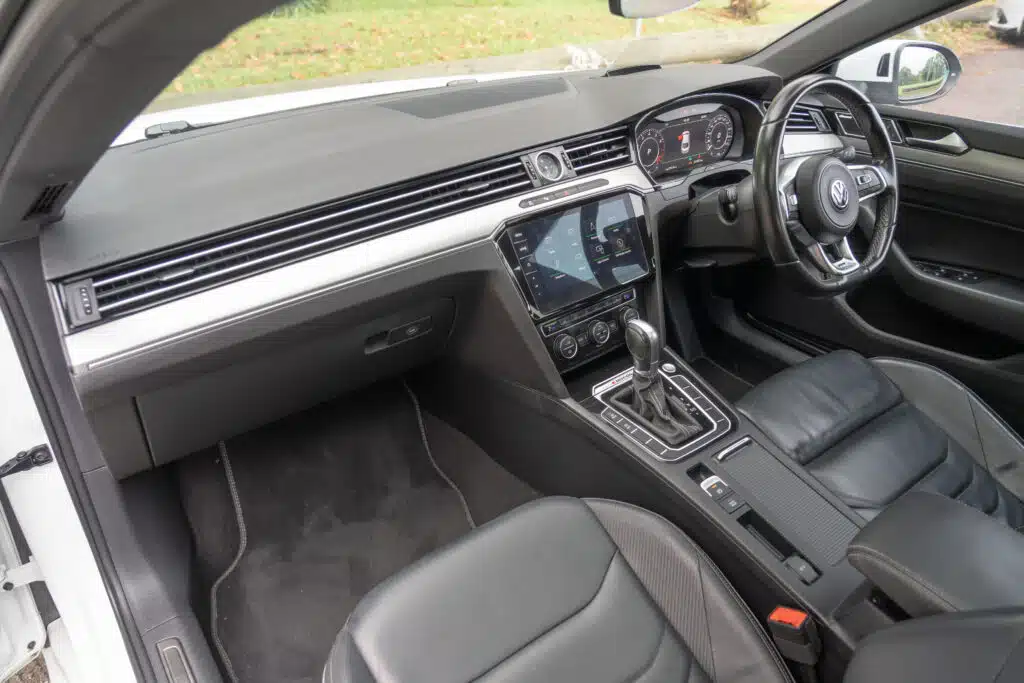
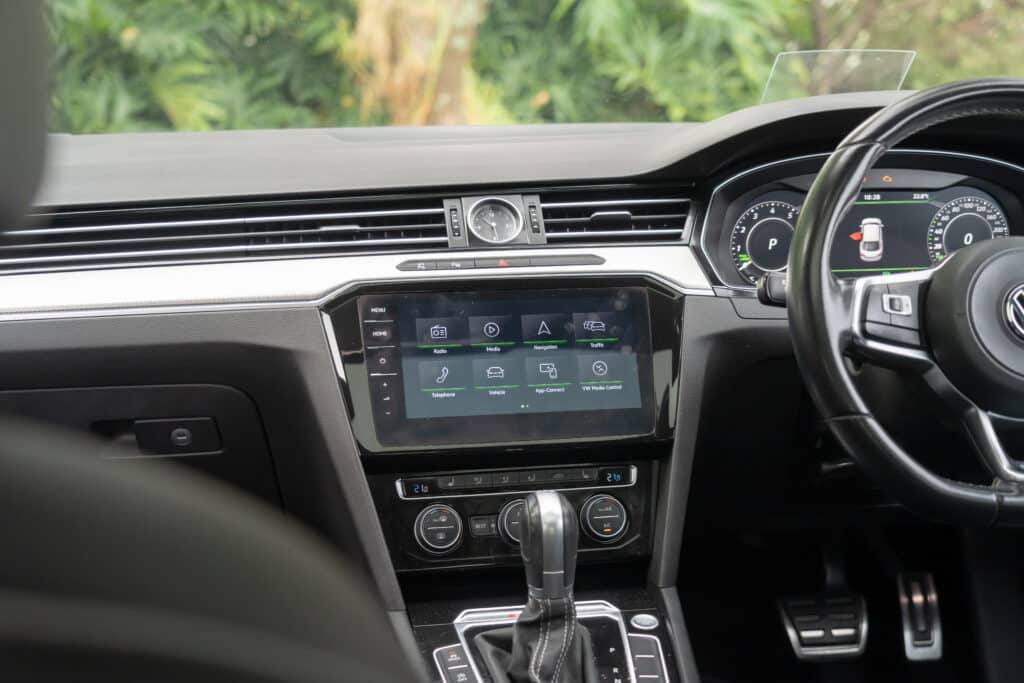
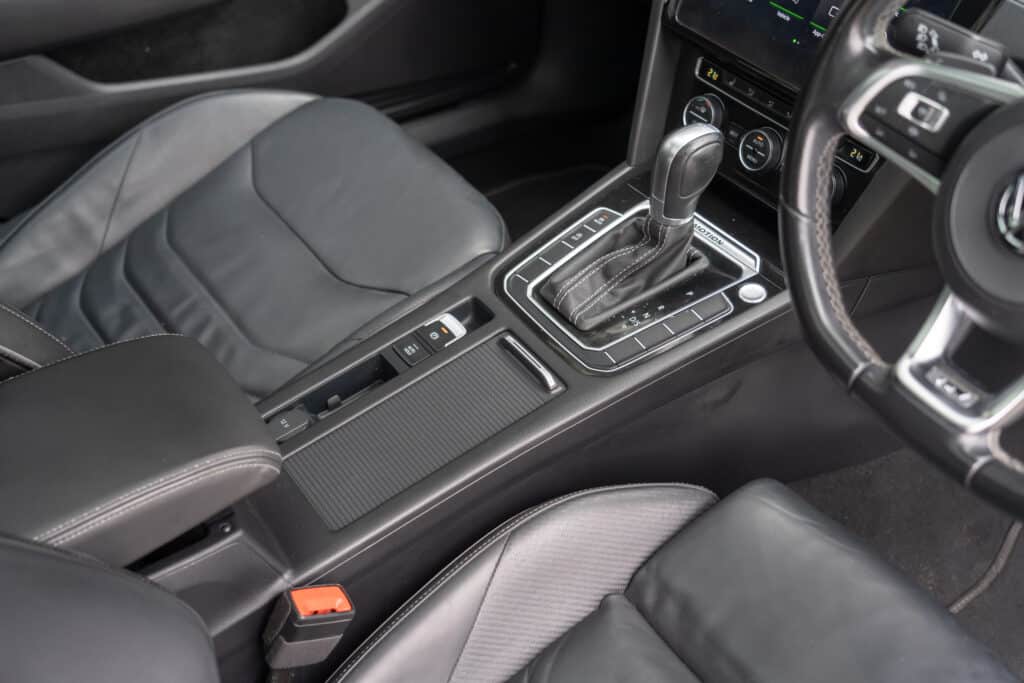
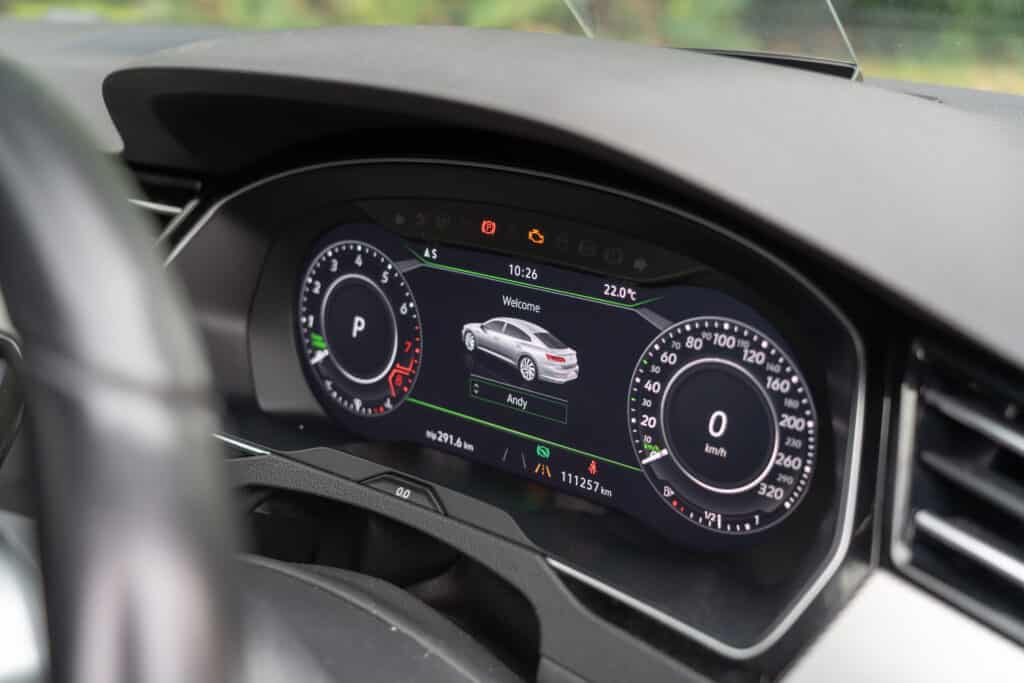
If you’re chasing the most complete expression of what Volkswagen can offer, it’s hard to look past the Arteon, this is the flagship liftback sedan and shooting brake (Volkswagen’s fancy term for wagon), and it’s arguably the brand at its most stylish and ambitious.
The Arteon brings a level of design, sophistication and refinement that you might not expect from a badge better known for Golfs and Polos. It’s loaded with the sort of equipment you’d usually find in far more expensive machinery, there’s tri-zone climate control, a full digital cockpit, a head-up display, self-parking capability, a 360-degree camera system, and in some models, ventilated and massaging seats. There’s also a premium Dynaudio sound system available, which absolutely delivers for anyone who takes their in-car audio seriously.
Launched locally in 2017 and winding up in 2023, the Arteon range in Australia has been kept fairly simple, with two main trim levels available across its life: the 206TSI R-Line and the 140TSI Elegance. Both were powered by 2.0-litre turbocharged petrol four-cylinders mated to Volkswagen’s dual-clutch DSG transmission. The 140TSI models sent power to the front wheels, while the higher-output 206TSI R-Line came equipped with Volkswagen’s 4MOTION all-wheel-drive system.
Globally, the Arteon was offered with a wider spread of drivetrains, including 1.5 and 1.4-litre petrol engines, Volkswagen’s plug-in hybrid ‘e-Hybrid’ system, a handful of diesel variants, and multiple front-wheel drive options.
The mid-cycle refresh in 2020 brought a handful of aesthetic changes to the front and rear styling, some of which remain a bit divisive among fans, but the bigger headline was the introduction of the Arteon Shooting Brake, which gave buyers the option of a wagon silhouette. The update also added improvements to tech and driver assistance systems, bringing the Arteon more in line with newer rivals.
Under all that sculpted sheet metal, the Arteon rides on the same MQB platform as the Passat, and inside, you’ll notice a near-identical dash layout. That shared DNA is no bad thing, although some might feel it lacks the character a car of this visual drama deserves. It also means the Arteon shares a fair chunk of its mechanical components with the Golf R, which gives it some real street cred in terms of performance potential, but also brings with it some of the same mechanical and electronic gremlins both those models have been known for.
However, its position as a semi-premium contender hasn’t saved it from brutal depreciation, some models have seen eye-watering drops in value in just a few short years, which is both a blessing and a curse. Sure, it means you could score what looks like a bargain on the used market, but that falling value trend is likely to continue, and that needs to be factored in if resale or long-term ownership costs matter to you.
Then there’s the question of build quality and reliability, which can be, well, hit and miss. Like many modern Volkswagens, the Arteon isn’t without its quirks and potential trouble spots.
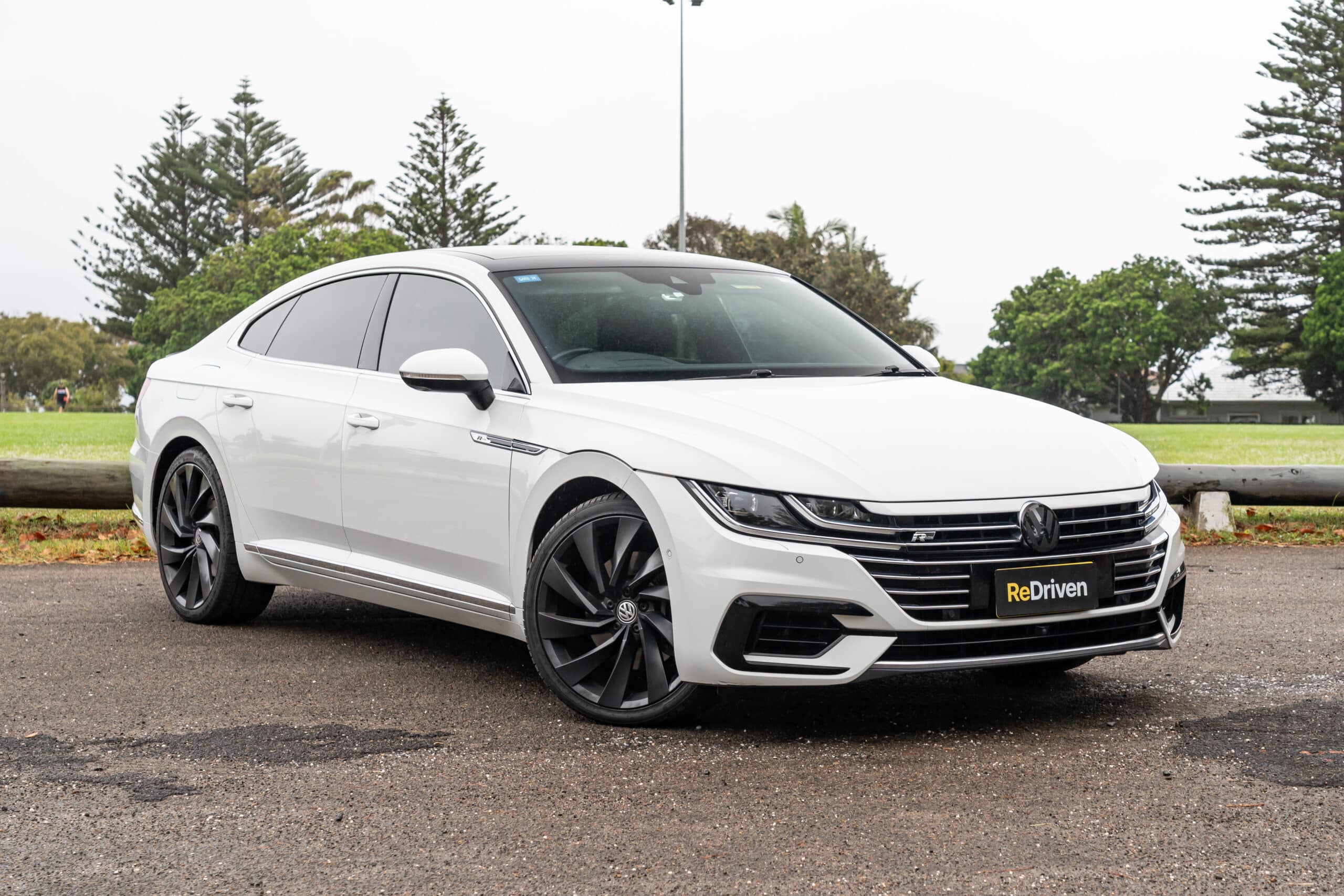
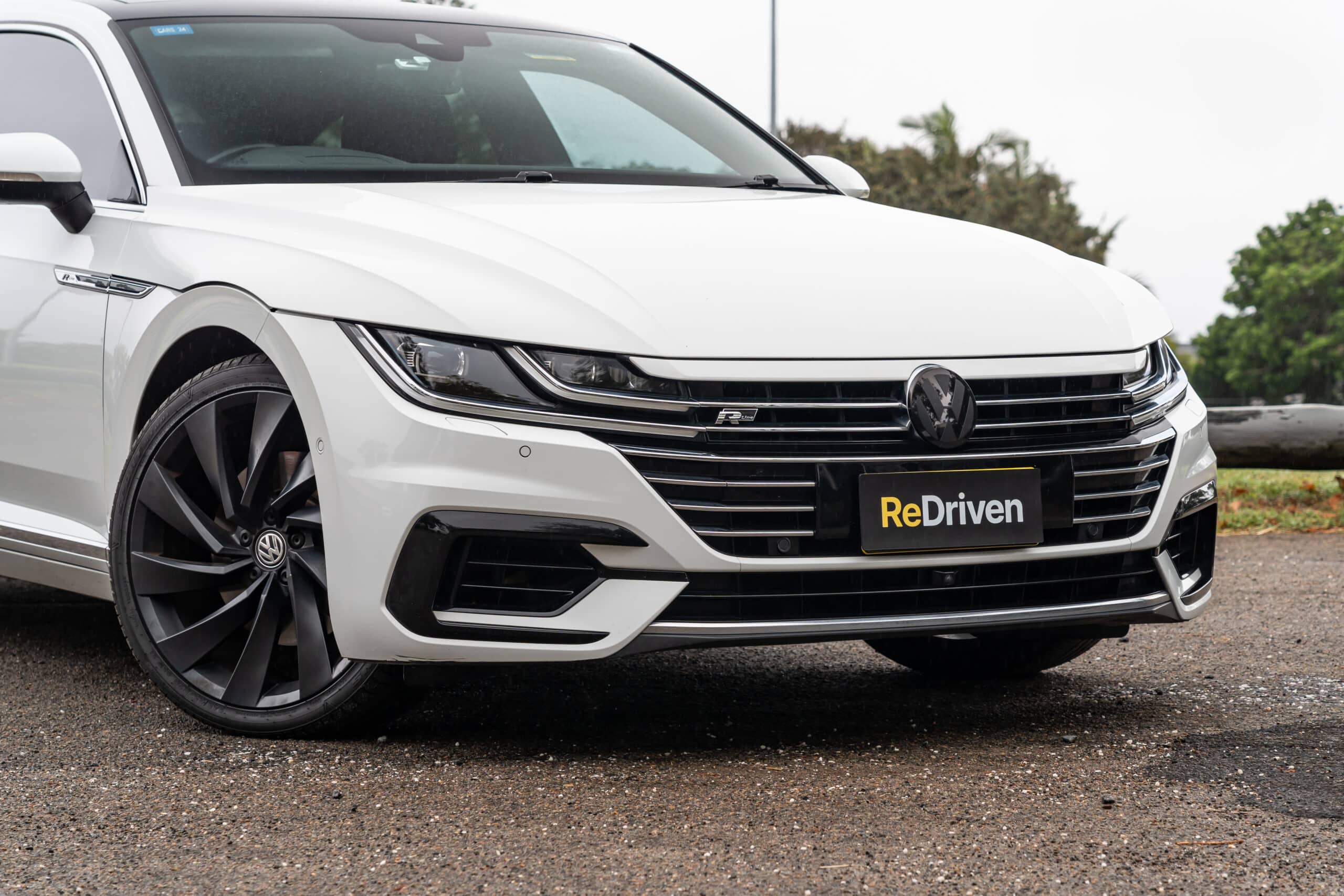
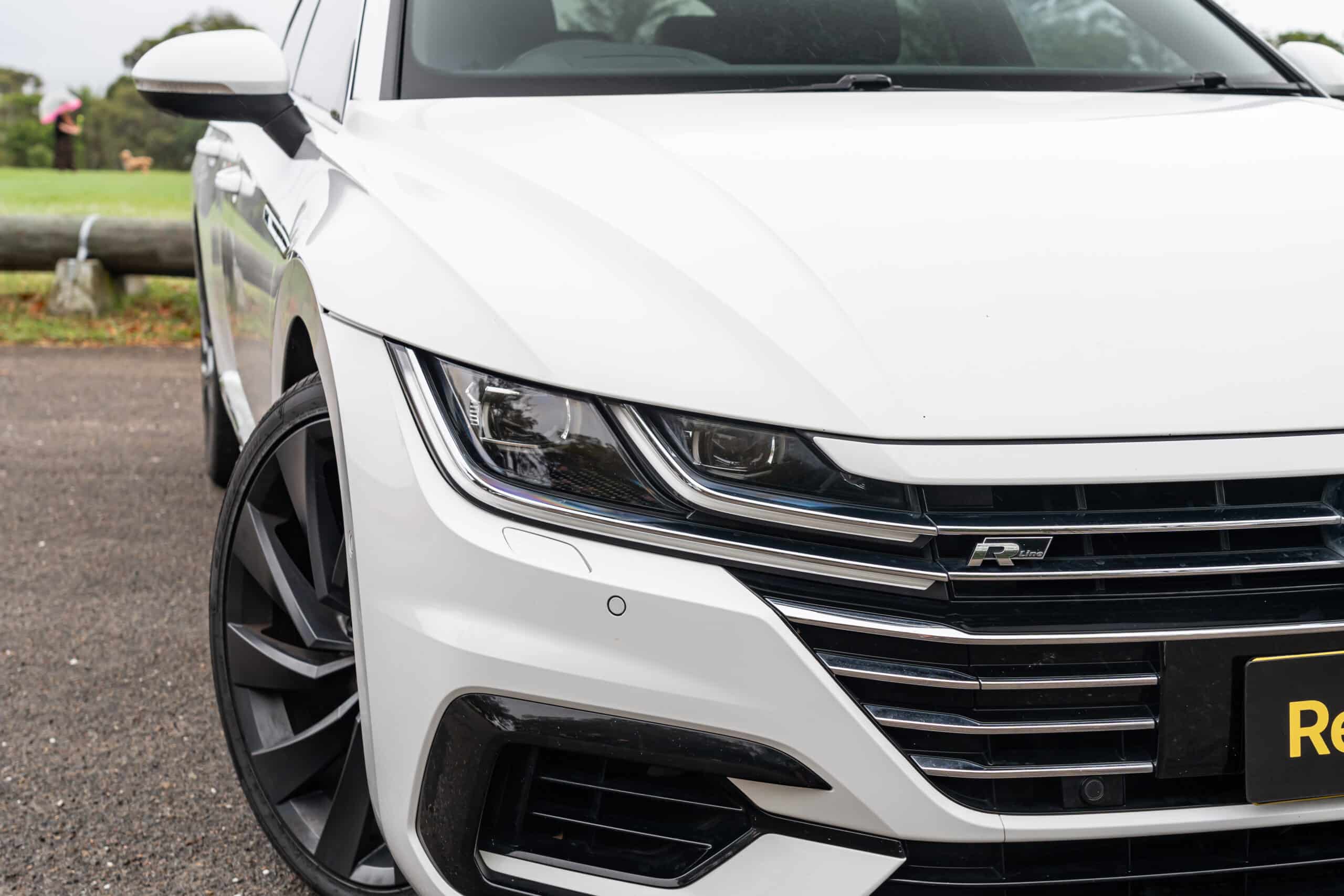
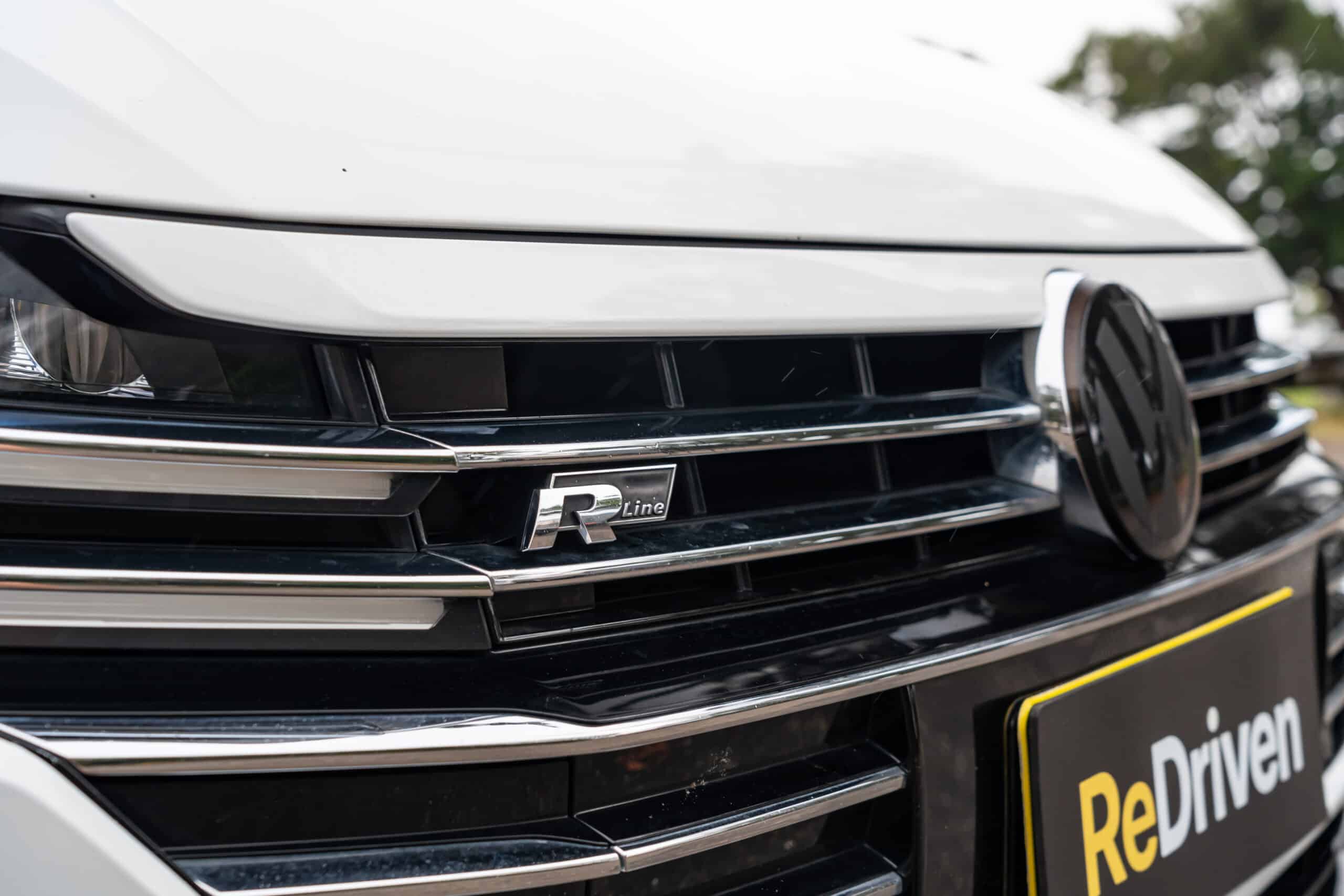
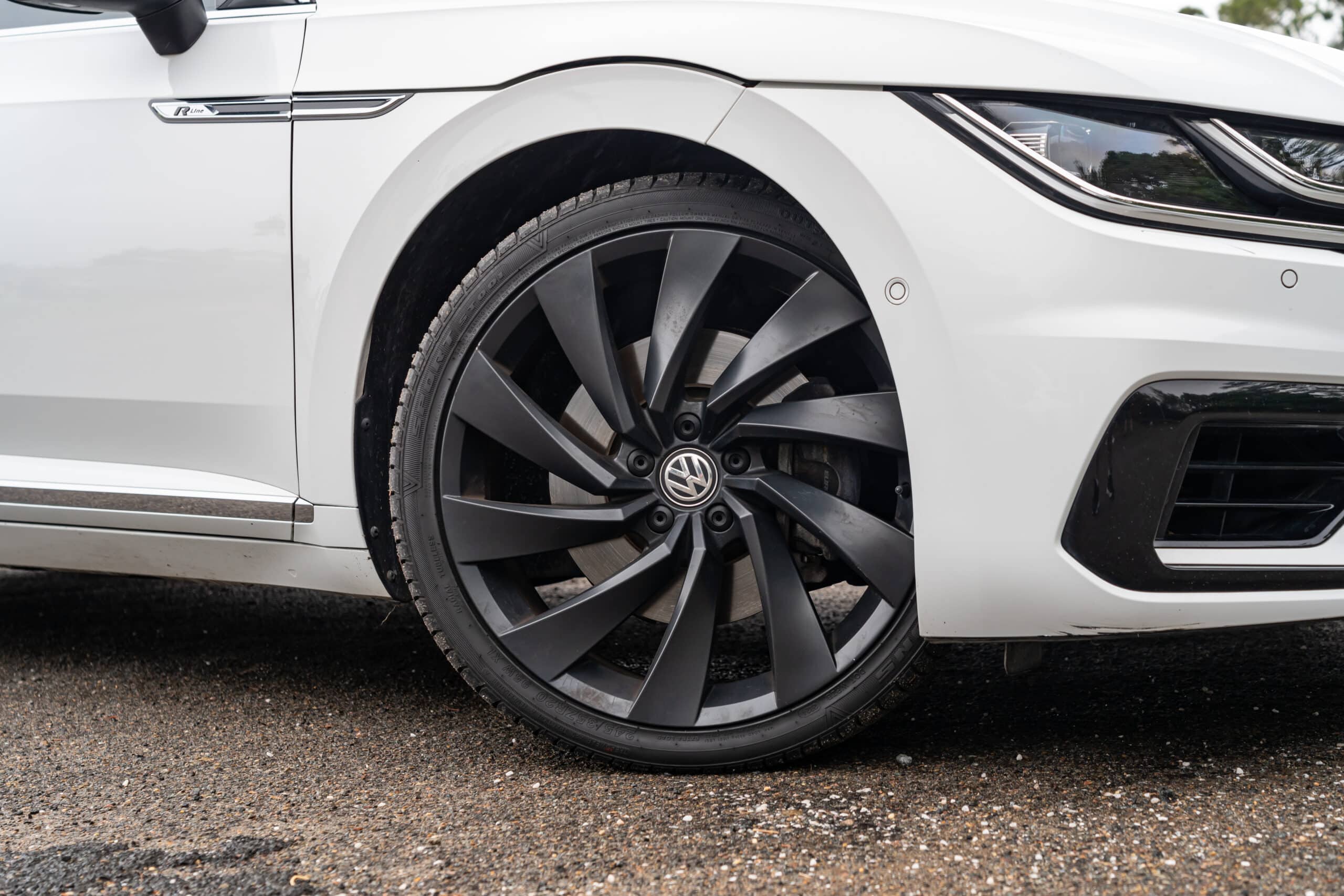
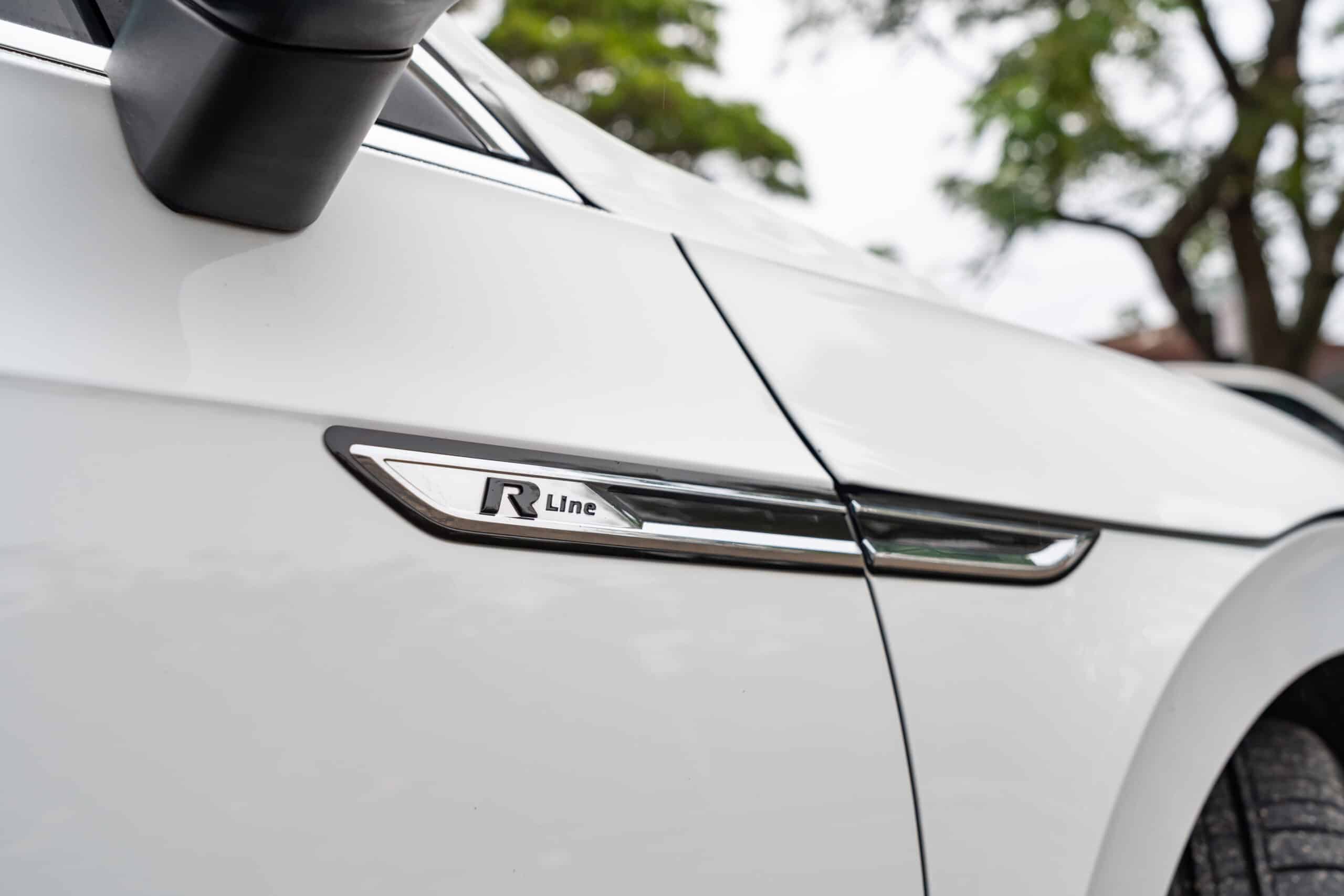
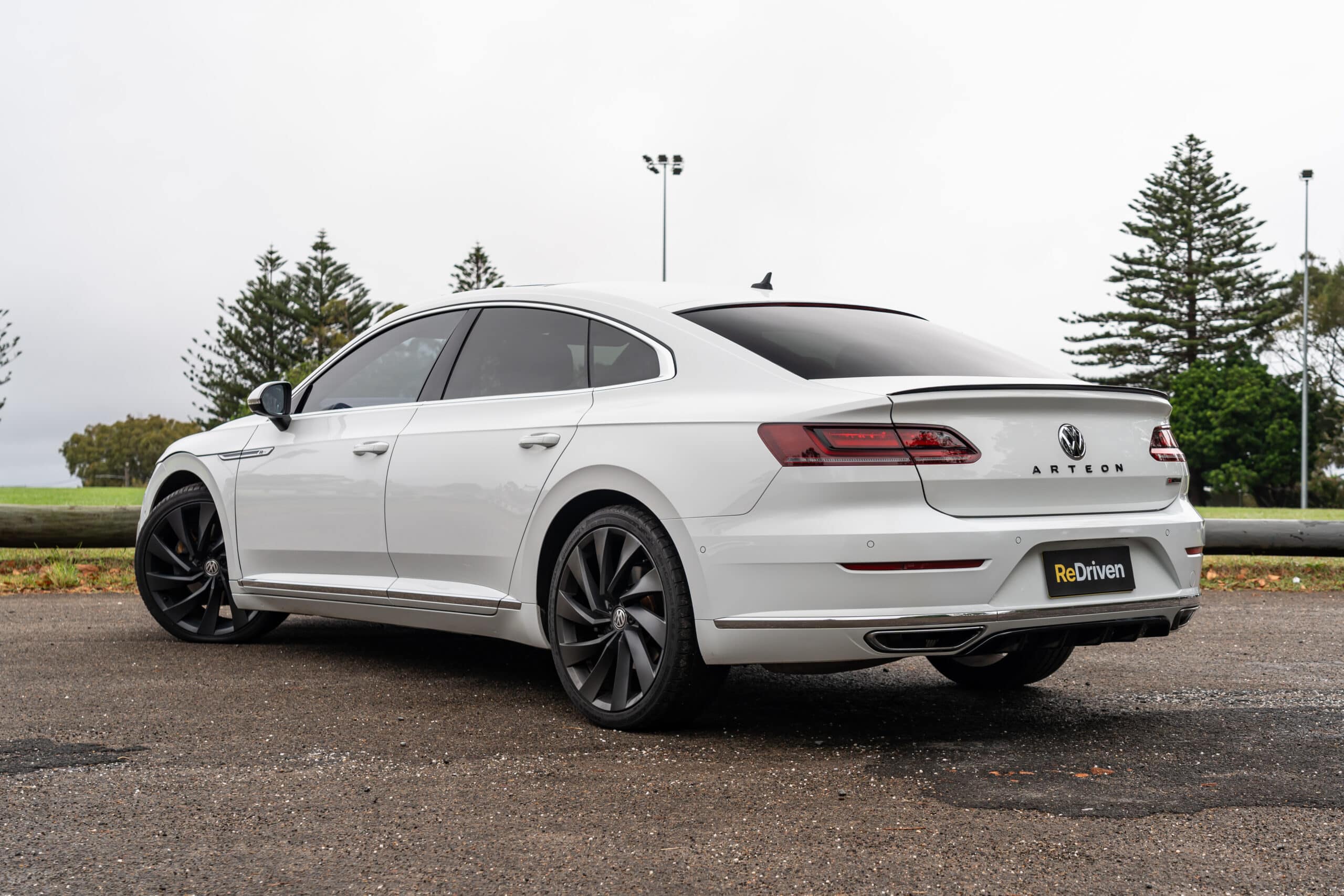
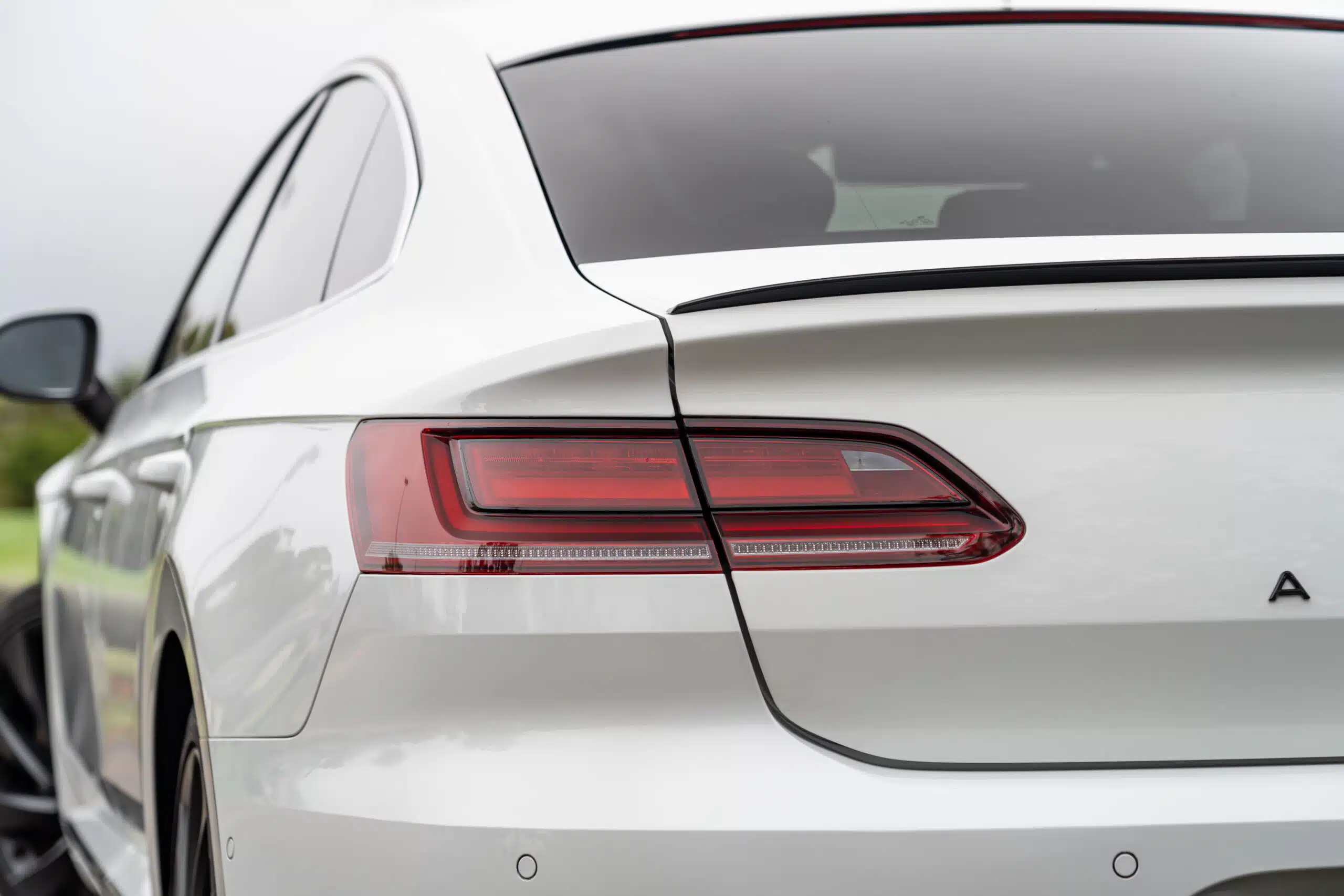
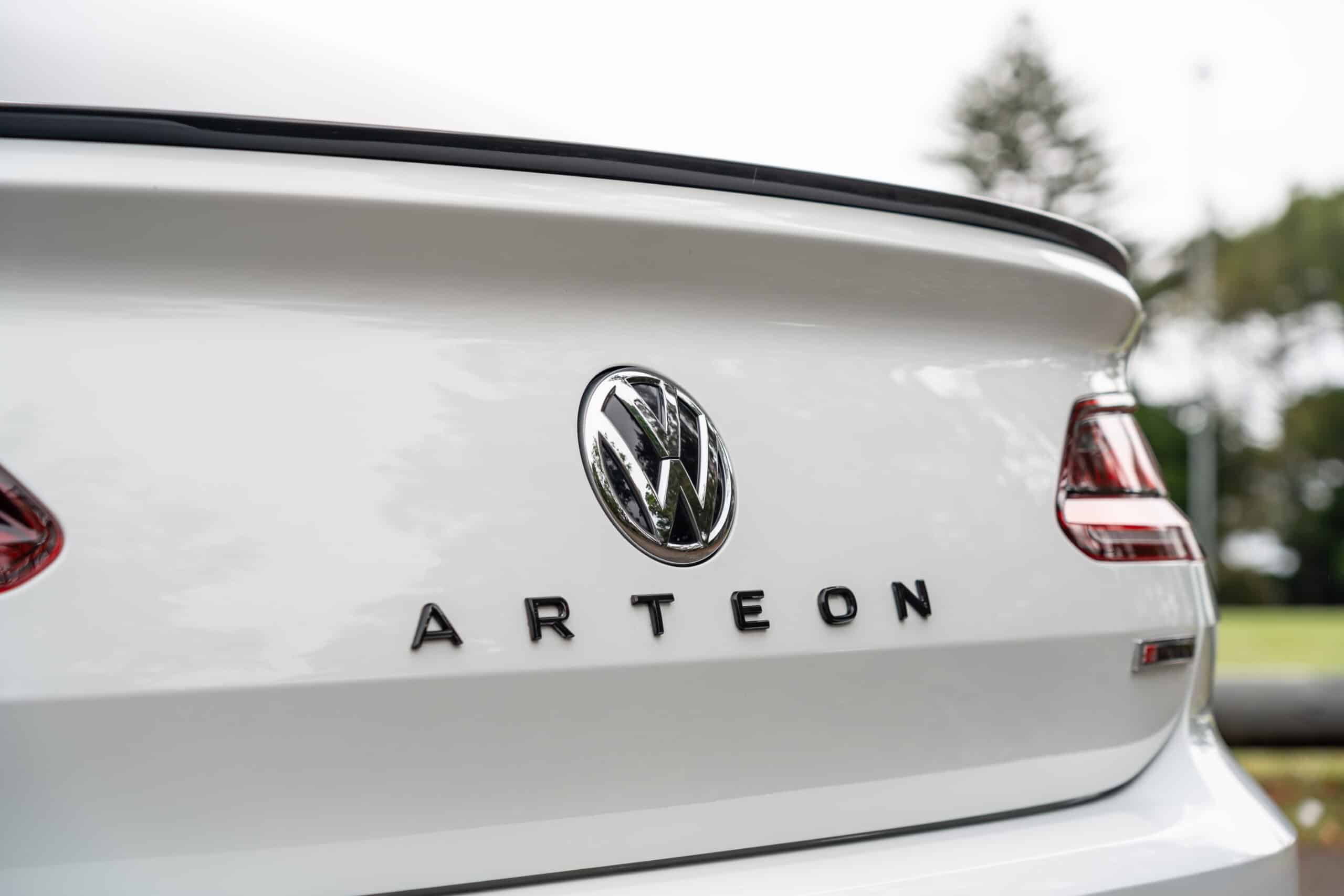
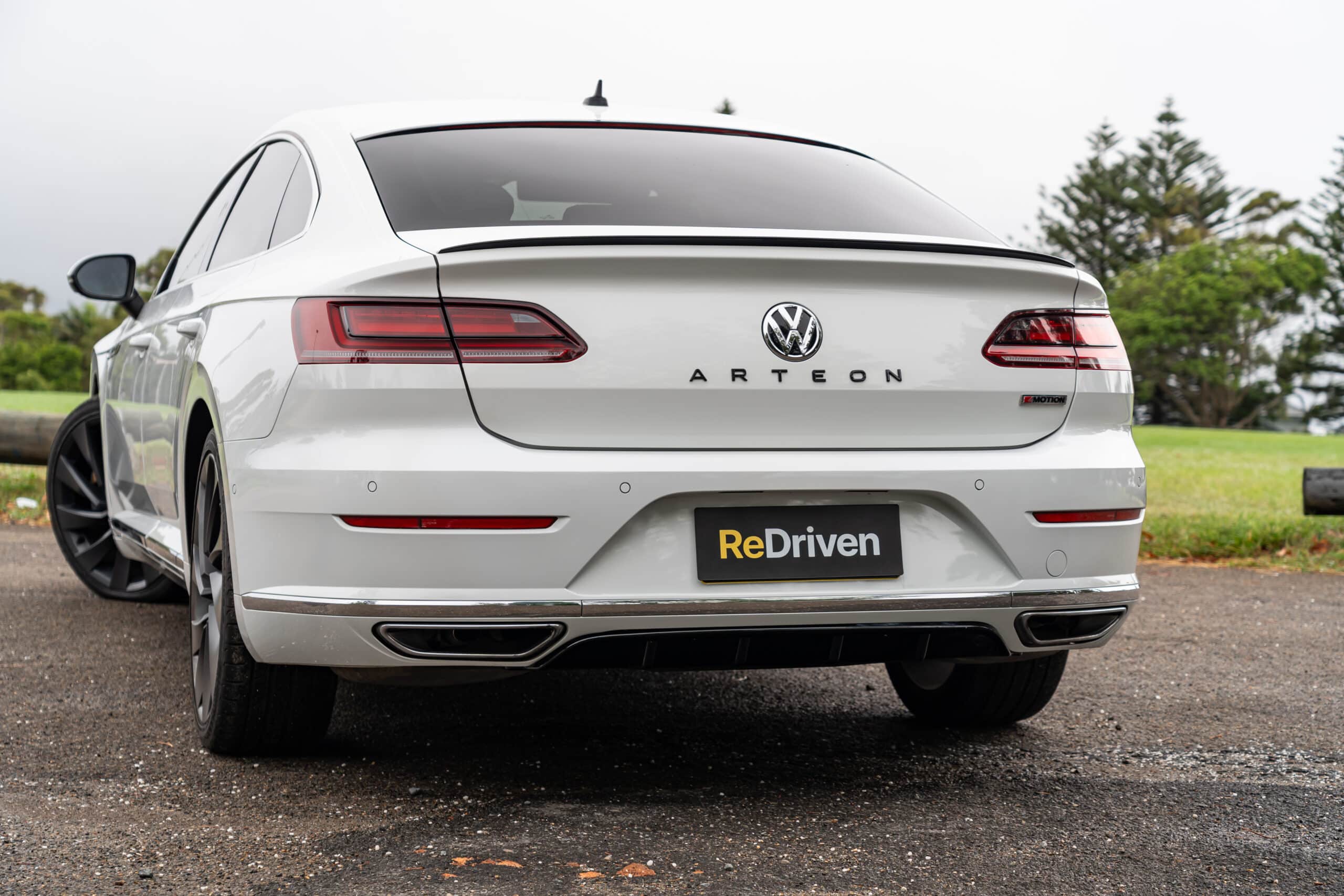
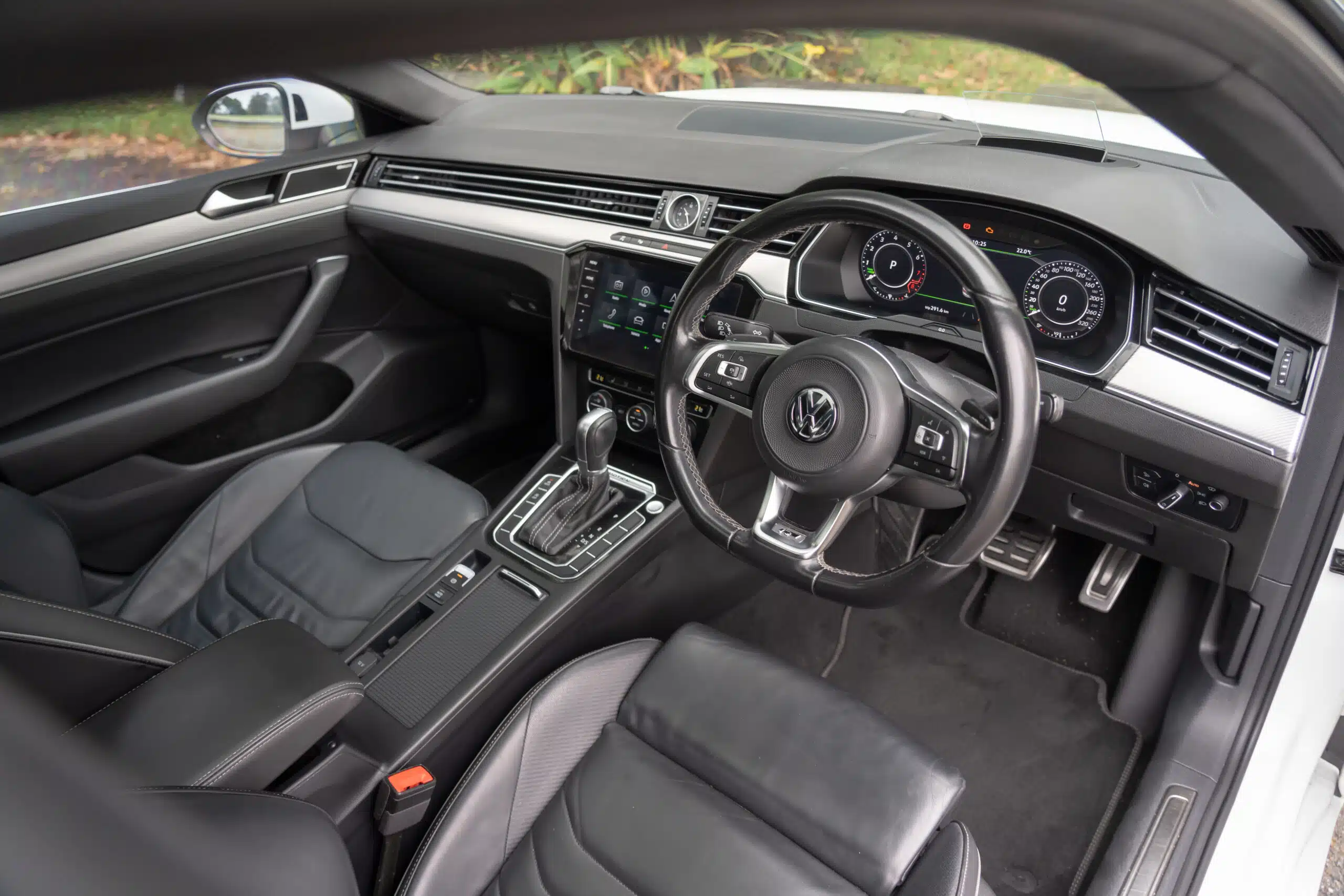
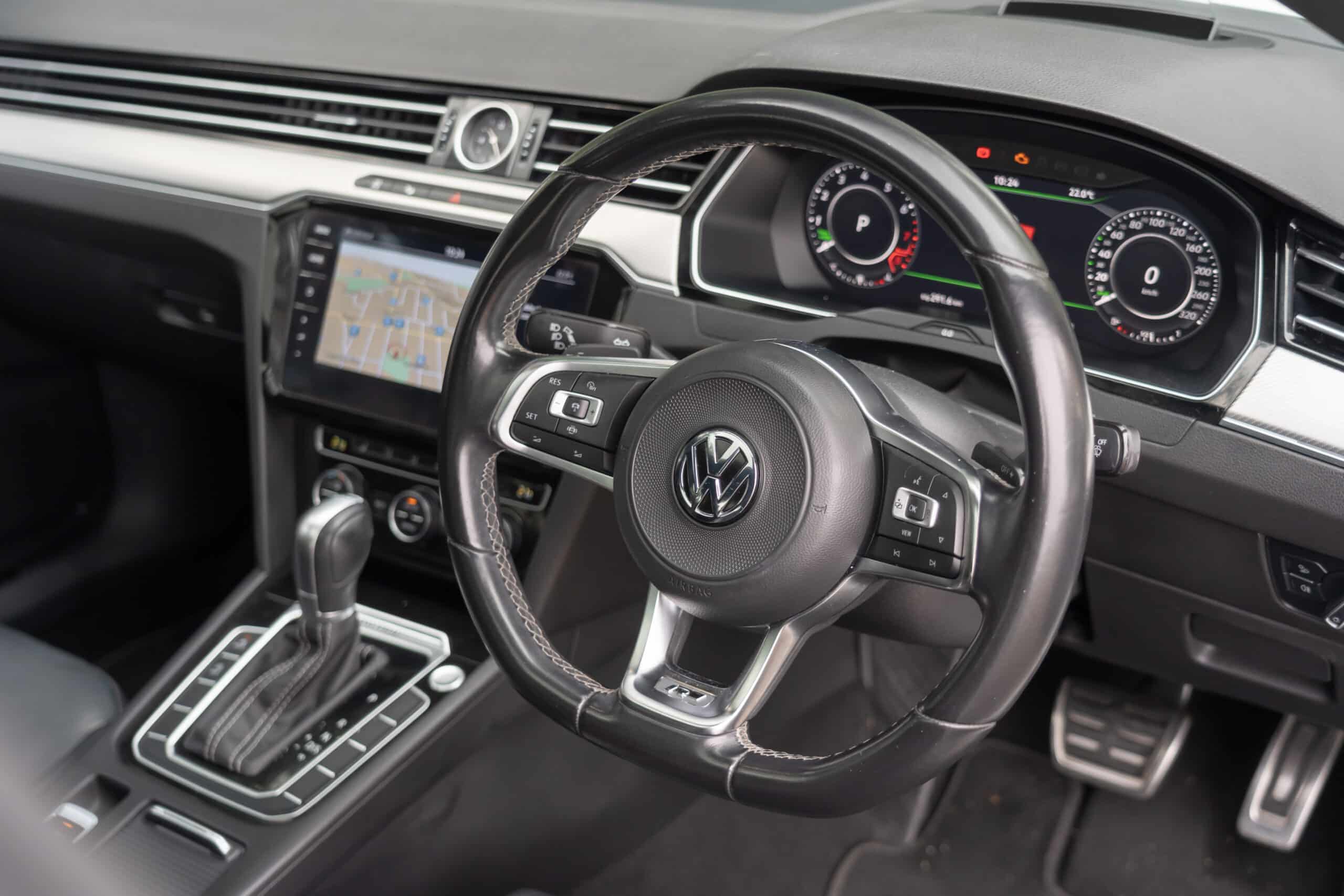


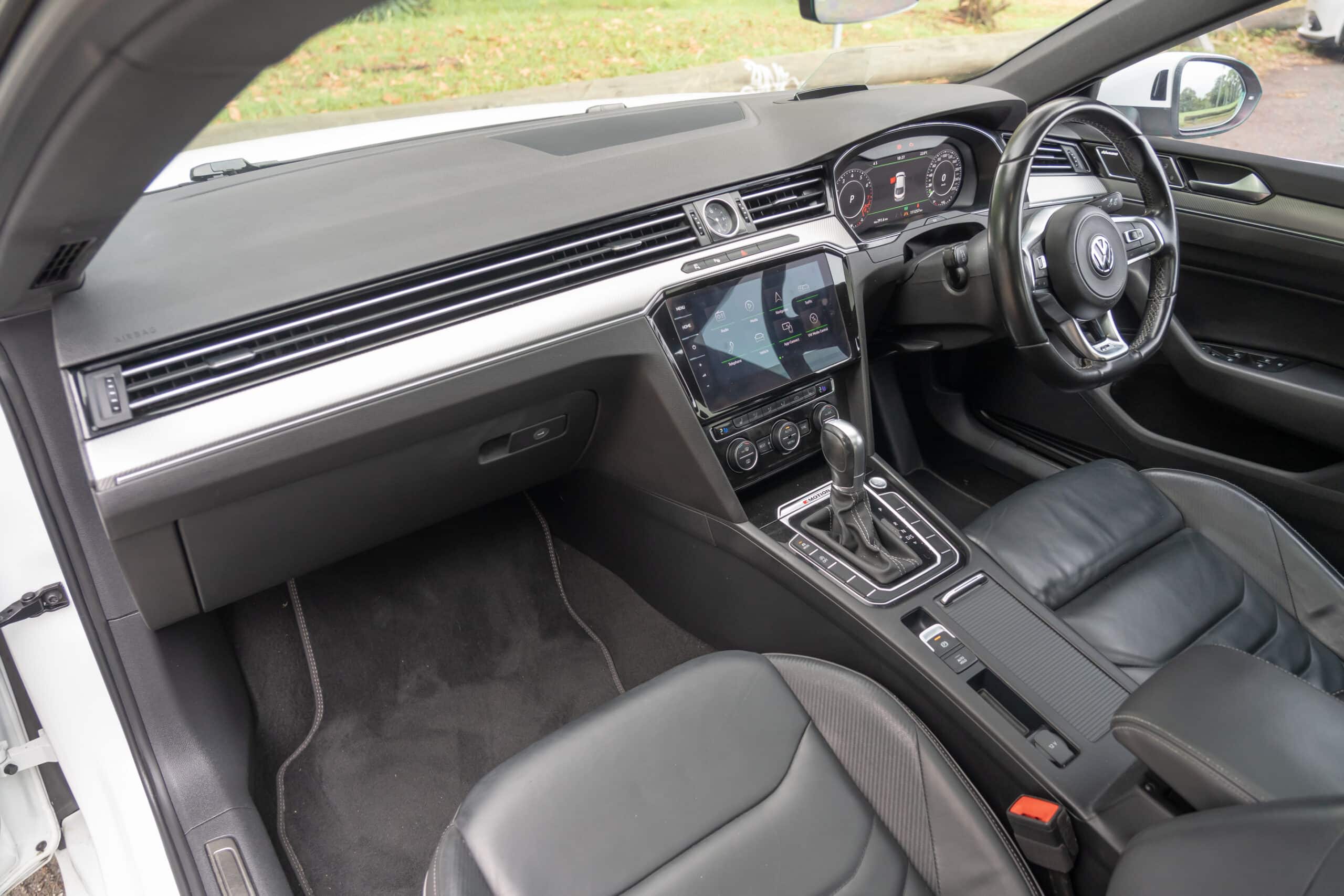

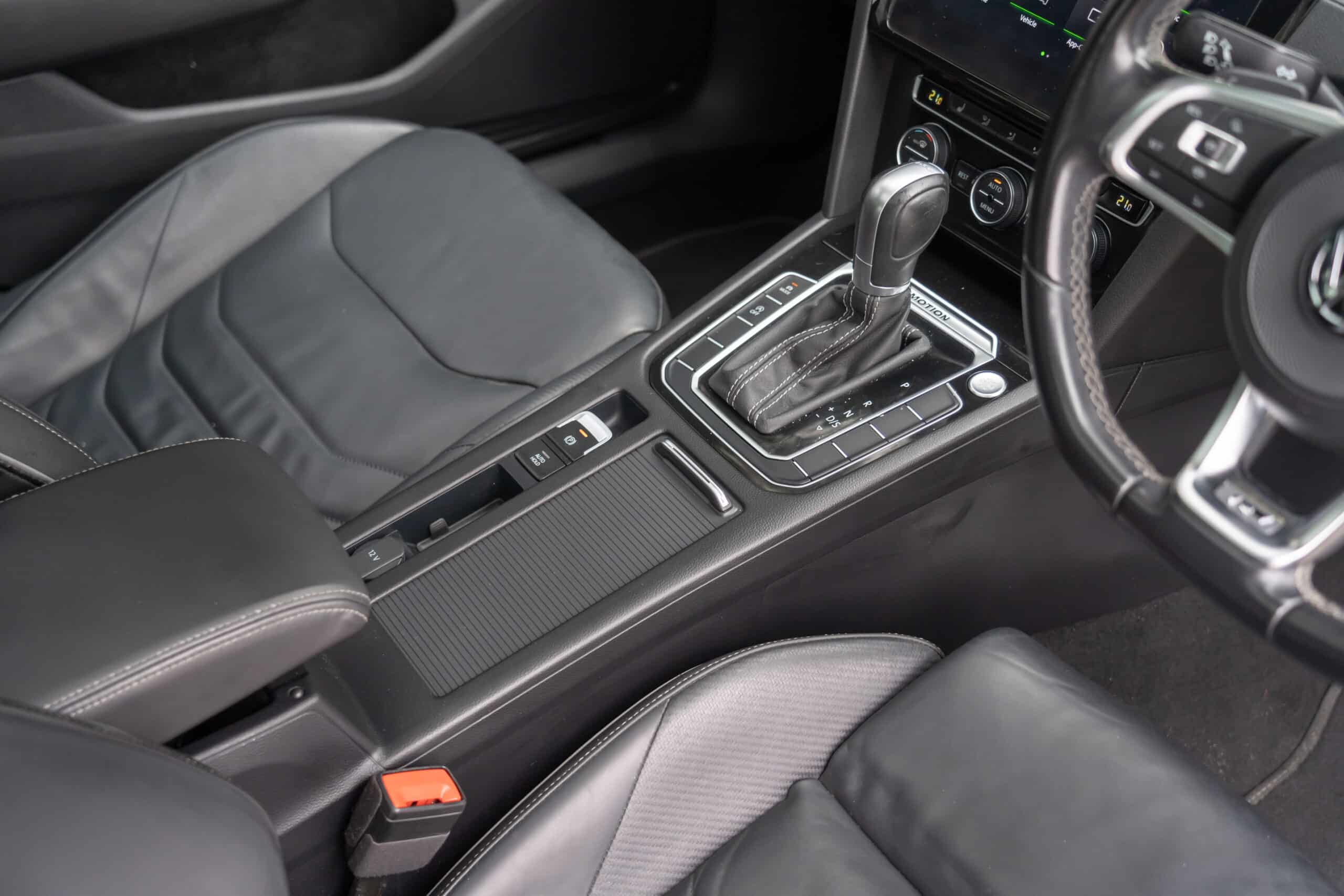
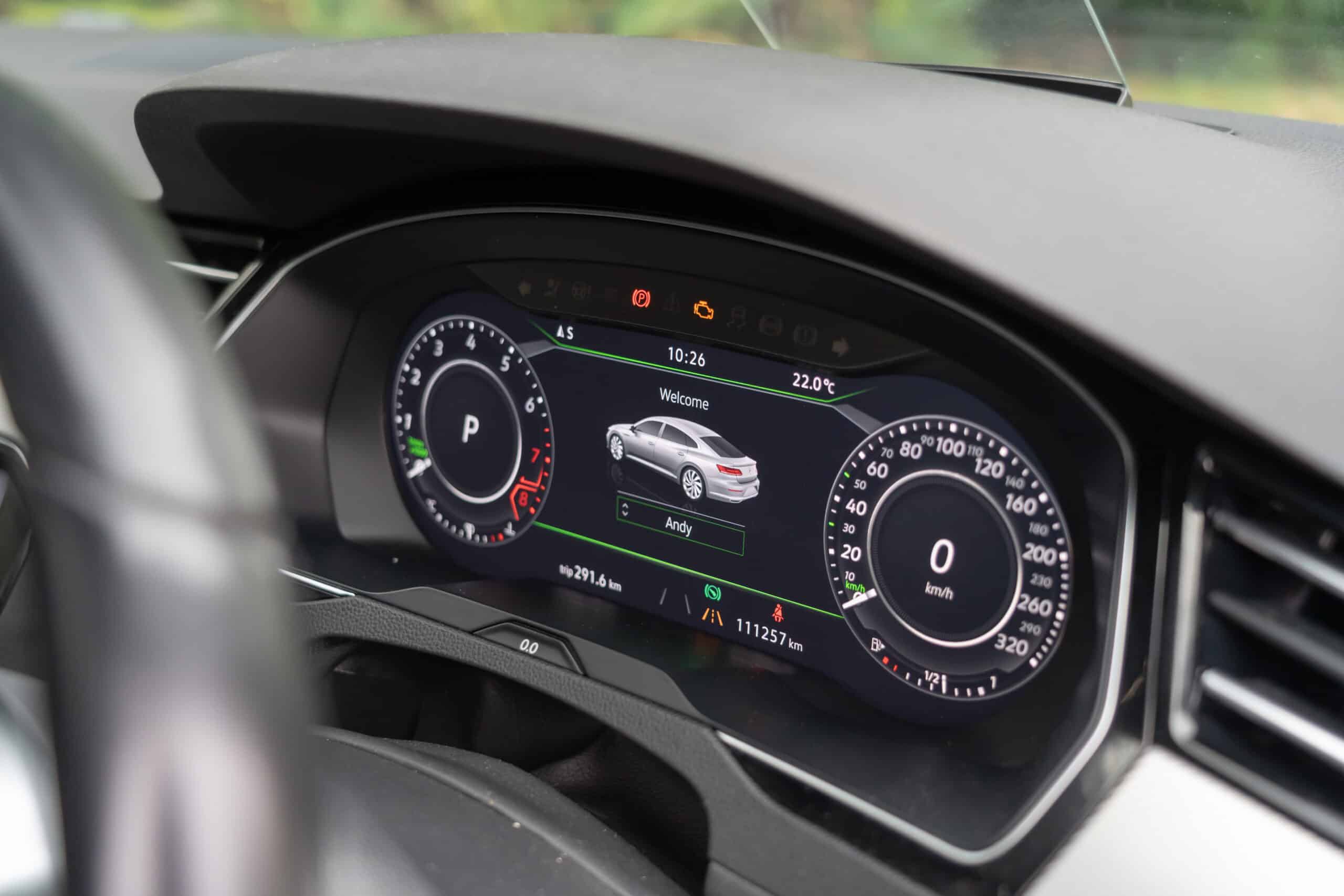


















Exterior:
Interior:
Exterior:
Interior:
Mechanically:
Transmission:
Driving:
Exterior:
Interior:
Mechanically:
Transmission:
Driving:
So should you buy one? As long as you’ve got a few thousand dollars tucked away for the inevitable maintenance costs, thanks to depreciation, yeah, we reckon you should.
Sure, there are alternatives like the Genesis G70, various Lexus IS, or even the Kia Stinger that arguably offer superior build quality, better long-term resale values, and a more polished overall package, but equivalent versions of those will typically be asking thousands more than a comparable Arteon.
And it’s that value for money on the used market that really makes the Arteon stand out, these things can go for considerably less than a similarly specced Audi or even a Golf R, yet they manage to tick so many of the same boxes.
Obviously, steer clear of any thrashed or poorly looked-after examples, stick to cars with a rock-solid service history, and absolutely get a pre-purchase inspection done. We’d probably avoid the more recent variants sitting at the top of the range too, as their values could take a decent hit in the years to come, but if the Arteon you’re eyeing ticks all the right boxes, it’s genuinely a great option, and even if it does let go on you, at least you’re left with a seriously gorgeous piece of driveway sculpture.
So should you buy one? As long as you’ve got a few thousand dollars tucked away for the inevitable maintenance costs, thanks to depreciation, yeah, we reckon you should.
Sure, there are alternatives like the Genesis G70, various Lexus IS, or even the Kia Stinger that arguably offer superior build quality, better long-term resale values, and a more polished overall package, but equivalent versions of those will typically be asking thousands more than a comparable Arteon.
And it’s that value for money on the used market that really makes the Arteon stand out, these things can go for considerably less than a similarly specced Audi or even a Golf R, yet they manage to tick so many of the same boxes.
Obviously, steer clear of any thrashed or poorly looked-after examples, stick to cars with a rock-solid service history, and absolutely get a pre-purchase inspection done. We’d probably avoid the more recent variants sitting at the top of the range too, as their values could take a decent hit in the years to come, but if the Arteon you’re eyeing ticks all the right boxes, it’s genuinely a great option, and even if it does let go on you, at least you’re left with a seriously gorgeous piece of driveway sculpture.
So should you buy one? As long as you’ve got a few thousand dollars tucked away for the inevitable maintenance costs, thanks to depreciation, yeah, we reckon you should.
Sure, there are alternatives like the Genesis G70, various Lexus IS, or even the Kia Stinger that arguably offer superior build quality, better long-term resale values, and a more polished overall package, but equivalent versions of those will typically be asking thousands more than a comparable Arteon.
And it’s that value for money on the used market that really makes the Arteon stand out, these things can go for considerably less than a similarly specced Audi or even a Golf R, yet they manage to tick so many of the same boxes.
Obviously, steer clear of any thrashed or poorly looked-after examples, stick to cars with a rock-solid service history, and absolutely get a pre-purchase inspection done. We’d probably avoid the more recent variants sitting at the top of the range too, as their values could take a decent hit in the years to come, but if the Arteon you’re eyeing ticks all the right boxes, it’s genuinely a great option, and even if it does let go on you, at least you’re left with a seriously gorgeous piece of driveway sculpture.
Have ultimate peace of mind when buying a used car by purchasing an official PPSR report.
Please note that pricing information is subject to fluctuations in the automotive market.
Information correct as of Apr 04, 2025.
The advice provided on this website is general advice only. It has been prepared without taking into account your objectives, financial situation or needs. Before acting on this advice, you should consider the appropriateness of the advice, having regard to your own objectives, financial situation and needs.
Read our full terms and conditions here.
You are the best, the content in your videos is so helpful, delivered in a great way. Please keep going as for sure you are unique in every way. All the best from Guatemala
L. G. - YouTube
You guys have truly found something wonderful… Loved this channel ever since from the beginning… Will support you guys as long as you guys keep making these wonderful car reviews…
Calvin - YouTube
This is probably the best channel I have ever seen when reviewing vehicles. New or old. The honesty is so appreciated. I’ve been a mechanic for 20 years and I find it very informative when looking for a vehicle for my daughter. Keep up the awesome work.
Jason T. - YouTube
© 2025 ReDriven All Rights Reserved